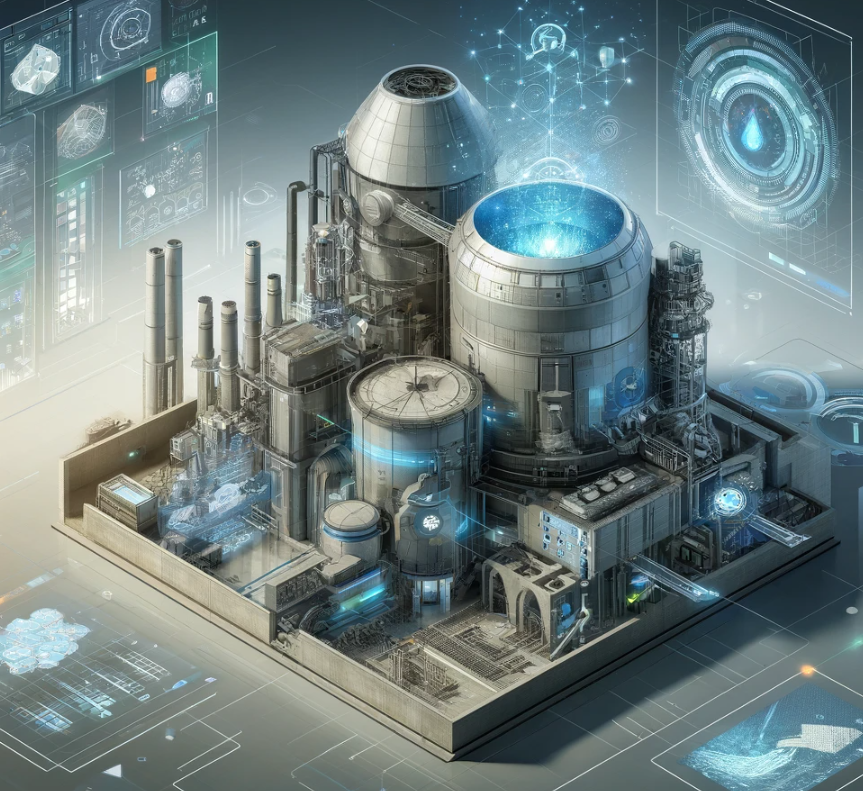Contents
Advanced Cement Kiln Technologies: Revolutionizing Cement Production

TO Download this post and all the books and excel sheets and my personal notes and presentations I collected about cement industry in the last 30 years click the below paypal link
Introduction
The cement industry is undergoing a significant transformation, driven by the need for greater efficiency, sustainability, and innovation. Advanced cement kiln technologies are at the forefront of this change, offering solutions that enhance production efficiency, reduce environmental impact, and improve the quality of the final product. This article explores the latest advancements in cement kiln technologies, including AI-driven controls, energy-efficient designs, and innovative refractory materials.
AI-Driven Controls: Precision and Efficiency
Artificial Intelligence (AI) is revolutionizing cement kiln operations by enabling more precise control over the production process. AI-driven control systems can analyze vast amounts of data in real-time, making adjustments to optimize kiln performance.
- Machine Learning Algorithms: These algorithms can predict kiln behavior based on historical data, allowing for proactive adjustments that improve efficiency and reduce energy consumption .
- Real-Time Monitoring: AI systems provide continuous monitoring of key parameters such as temperature, pressure, and feed rates, ensuring that the kiln operates within optimal conditions .
- Predictive Maintenance: AI can predict potential equipment failures before they occur, minimizing downtime and maintenance costs .
Energy-Efficient Kiln Designs: Reducing Carbon Footprint
Energy consumption is a major concern in cement production, and advanced kiln designs are helping to address this issue by improving energy efficiency.
- Rotary Kilns with Preheaters and Precalciners: Modern rotary kilns equipped with multi-stage preheaters and precalciners significantly reduce energy consumption by preheating the raw materials before they enter the kiln .
- Vertical Shaft Kilns: These kilns offer a more energy-efficient alternative to traditional rotary kilns, particularly for small-scale cement production .
- Hybrid Kiln Systems: Combining the benefits of both rotary and vertical kilns, hybrid systems offer enhanced energy efficiency and flexibility in production .
Innovative Refractory Materials: Enhancing Durability and Performance
Refractory materials play a crucial role in protecting the kiln from the extreme temperatures and harsh conditions of cement production. Advances in refractory technology are extending kiln life and improving performance.
- Nano-Refractory Materials: These materials incorporate nanoparticles to enhance thermal resistance and durability, providing better protection against wear and chemical attack .
- Advanced Castables: Modern castable refractories offer improved thermal shock resistance and ease of installation, reducing downtime during maintenance .
- Ceramic Coatings: Applied to the interior surfaces of the kiln, ceramic coatings provide an additional layer of protection, extending the life of the refractory lining .
Sustainable Kiln Technologies: Meeting Environmental Goals
The cement industry is under increasing pressure to reduce its environmental impact, and advanced kiln technologies are playing a key role in achieving sustainability goals.
- Alternative Fuels: Using alternative fuels such as biomass, waste-derived fuels, and hydrogen can significantly reduce the carbon footprint of cement production .
- Carbon Capture and Storage (CCS): CCS technologies capture CO2 emissions from the kiln and store them underground, preventing them from entering the atmosphere .
- Low-Carbon Cements: Innovative kiln technologies are enabling the production of low-carbon cements, which require less energy to produce and result in lower CO2 emissions .
Case Studies: Leading Companies Implementing Advanced Kiln Technologies
Several leading cement manufacturers are already reaping the benefits of advanced kiln technologies, setting new benchmarks for the industry.
- Case Study 1: AI-Driven Kiln Optimization at LafargeHolcim: LafargeHolcim implemented an AI-driven control system across its kilns, resulting in a 5% reduction in energy consumption and a 3% increase in production efficiency .
- Case Study 2: Hybrid Kiln System at HeidelbergCement: HeidelbergCement adopted a hybrid kiln system that combines rotary and vertical kiln technologies, leading to a 10% improvement in energy efficiency and a 15% reduction in CO2 emissions .
- Case Study 3: Refractory Innovations at CEMEX: CEMEX introduced nano-refractory materials in its kilns, extending the refractory life by 20% and reducing maintenance costs by 15% .
The Future of Cement Kiln Technologies
As the cement industry continues to evolve, the adoption of advanced kiln technologies will be crucial in maintaining competitiveness and meeting environmental regulations. The future will likely see further integration of AI, continued innovation in refractory materials, and greater use of sustainable fuels and processes.
Conclusion
Advanced cement kiln technologies are driving the next wave of innovation in the cement industry. From AI-driven controls to energy-efficient designs and sustainable practices, these technologies offer significant benefits in terms of efficiency, cost savings, and environmental impact. As more companies adopt these cutting-edge solutions, the industry will move closer to a more sustainable and efficient future.
TO Download this post and all the books and excel sheets and my personal notes and presentations I collected about cement industry in the last 30 years click the below paypal link
